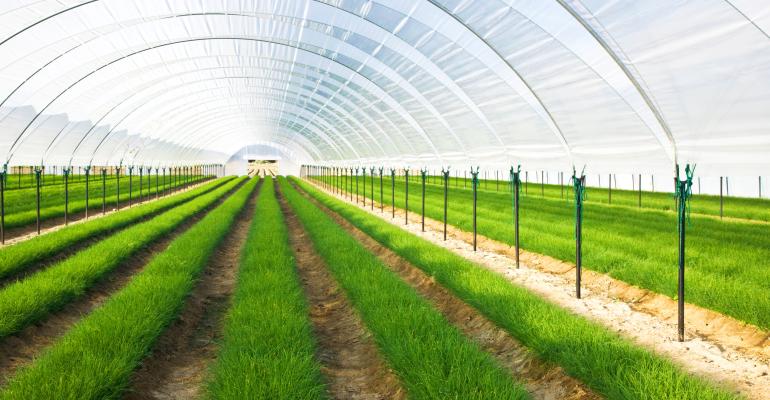Some heat can be recycled: It can be used to generate further electricity for example. And the potential for its use in district heating – providing heat to local residences – has gained some attention, though the practicality of transporting that heat, whether it be heated water or heated air, over substantial distances is a challenge.
Maximum heat is typically around 32-43 degrees Celsius (90-110 degrees Fahrenheit) – warm but not so hot that the temperature will be maintained during transport. Researchers are thus investigating solutions that use this heat on-site. Indoor agriculture requires heat and the warm air generated by data centers can be channeled to facilities that grow all manner of organisms for consumption.
This is especially appealing in regions where outdoor agriculture is less feasible due to climatic factors. In Scandinavia, a significant proportion of produce must be imported because the growing season is limited. And the reuse of waste heat is increasingly mandatory. Germany’s Energy Efficiency Act, passed in September, requires the reuse of waste heat as much as it is possible. While the original requirements were diluted in the final version of the regulation, they portend an increasingly stringent set of regulations.
It may be practical to grow everything from algae to vegetables to seafood using data center waste heat. A number of experimental facilities have been established as proof of concept. Whether these projects will be scalable remains to be determined but the early results are promising.
Here, InformationWeek investigates how these projects have played out, with insights from Marcus Sandberg, an associate professor of construction management and building technology at the Luleå University of Technology; Petter Terenius, a lecturer in the Department of Information Technology at Uppsala University; Joost Lansbergen, critical facilities leader for Gensler, a global architecture, design, and planning firm; and Matt Redding, co-leader for sustainability for Gensler's European region.






